At the start of the first lockdown, over Zoom drinks (remember them?), a stylish friend of mine offered her take on how to project style and confidence on the very-small screen. “You need a great earring,” she said, taking a slug of champagne as the large gold hoops she wore glinted and shone. “An earring adds instant polish.”
Since then, it seems many of us have had the same thought. Sales of semi-fine jewellery – which sits between costume and fine jewellery, and uses semi-precious stones and precious metals – have boomed during the pandemic, even as other retail categories suffered (Ugg boots and sweatpants excepted).
“At THE ICONIC we’ve seen jewellery sales grow consistently year-on year since 2018, [and] 2020 saw jewellery sales spike as our customers looked to accessorise their at-home, Zoom-friendly wardrobes and treat themselves with little luxuries,” says Nicky Clark, Senior Buyer for jewellery at THE ICONIC. “Across the board, we’re seeing huge demand for gold pieces in the demi-fine jewellery category.”
2020 saw jewellery sales spike
Overseas, demi-fine brands like UK-based Missoma and Monica Vinader saw double-digit growth in 2020, according to a report in Vogue Business last month (Vinader saw 70 per cent growth online last year). Gen Z consumers are driving the trend, Vinader told Vogue, with their commitment to sustainability and ethical production. “This consumer is incredibly conscious of their carbon footprint and social impact – we can directly link the growth of this age group to our drive in recent years to become a leader in sustainable demi-fine jewellery.”
Or as Australian jewellery designer Holly Ryan puts it: “We are smarter now; we understand the implications of fast fashion, and demand transparency.”
When Holly Ryan started her eponymous label in 2010, ‘demi-fine’ jewellery didn’t really exist – or at least, not in the way it does now. “At the time, custom jewellery was seen as very bohemian and sold at markets, or made for select clientele by professional jewellers,” she says. There was Karen Walker, making a few iconographic pieces, Ryan recalls, but not much else between costume and fine jewellery.
Demi-fine filled that gap, with an accessible price point and more contemporary feel.
“I wanted to create lasting, timeless jewellery to be worn daily, and one day become a family heirloom,” says Ryan. “It was also important to me that my jewellery would be accessible to a wide range of people.”
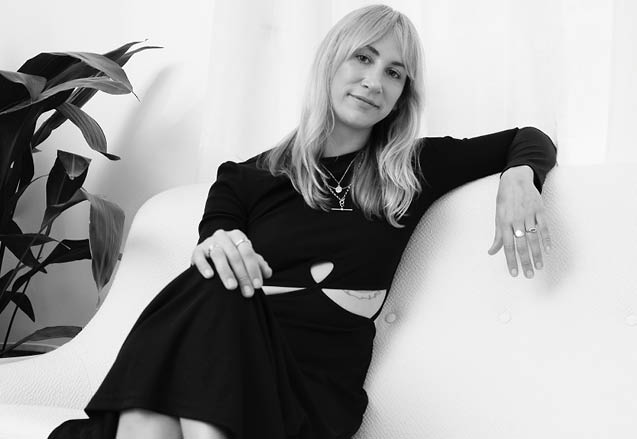
Apart from big-ticket occasions such as engagements and notable anniversaries, fine jewellery was – and remains – out of reach for most of us. High-end jewellery stores can also feel intimidating, as UNSW academic and jeweller Bic Tieu observes. “When I worked as a designer, part of my job was to survey what was out there,” she says. “So I thought I’d have a look at what Tiffany was doing. But I always felt shy [going there], because I thought, I’m not their target audience with thousands to spend.”
The definition of ‘demi-fine’ varies, but Tieu believes the term encompasses pieces under $1000 that are crafted from gold or other high-quality metals (rather than the alloys used in costume jewellery), and that feature gemstones or pearls. These are pieces that women often buy for themselves, to complement their look as much as to mark a special occasion.
Sustainability is a high selling-point for many demi-fine brands – such as Meadowlark, By Charlotte, Lucy Folk and Reliquia – that have sprung up in the last few years. Holly Ryan offers a ‘recycling’ service, where pieces can be melted down and created into something new — a clever acknowledgement that modern jewellery consumers prize both newness and sustainability.
These are pieces that women often buy for themselves
“If you don’t build that into your narrative, then you’re not connecting with consumers and what’s happening in their world,” says Tieu.
Instagram has been the perfect place for new smaller brands to tell their story, she adds. “Instagram changed everything.” Consumers loved the serendipity of discovering designers online, while the platform also enabled artisans to show the way modern demi-fine pieces could be worn.
Layering — the art of wearing several fine necklaces at once, for example — is a perfect Instagram look: lovely to look at, and open to endless interpretations.
This week, we asked stylist Lucy Wood to select the most stylish demi-fine pieces right now.
Main image courtesy of Holly Ryan
Photographer: Kelly Geddes
Creative Direction / Styling: Billie Iveson
Model: Sophie McFadden
Hair and Makeup: Isabella Schmid
Props: Aurelie Pinar




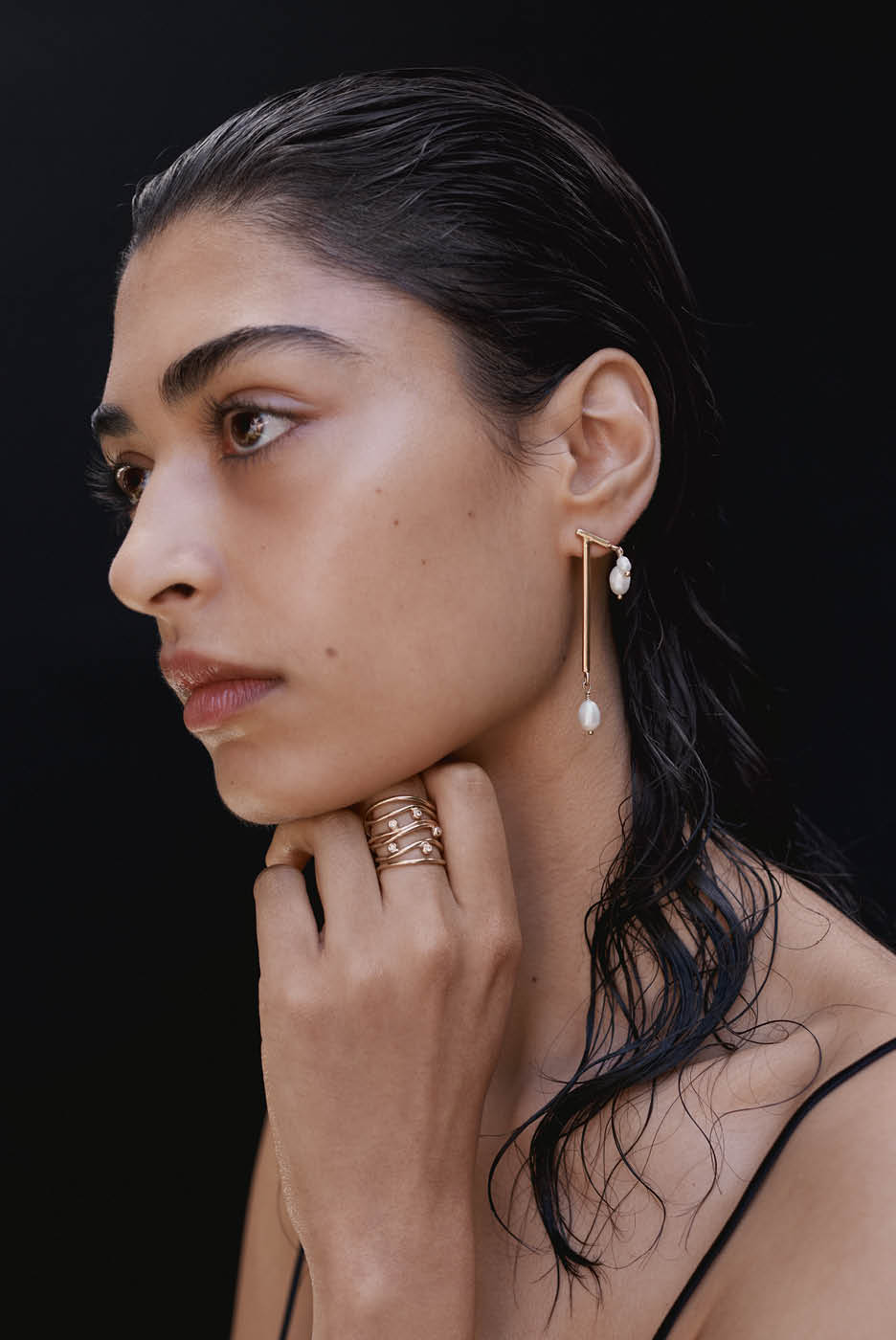
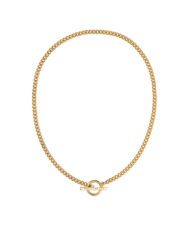
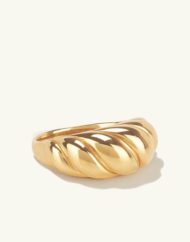
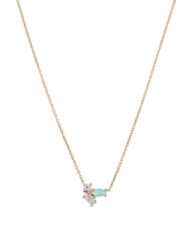
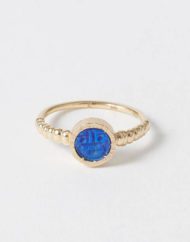
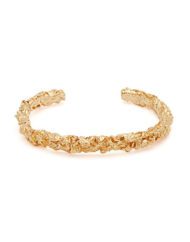

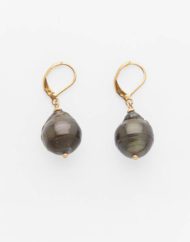

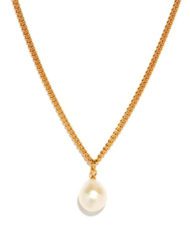
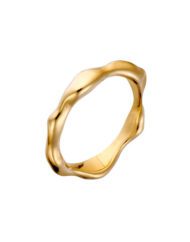
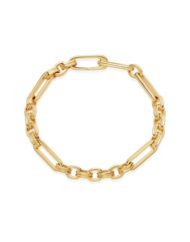




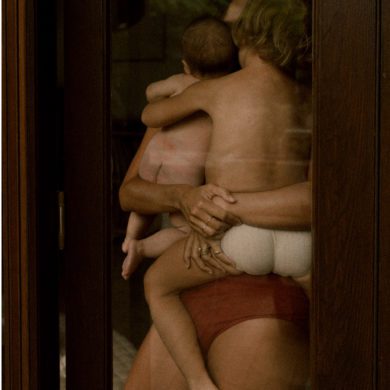
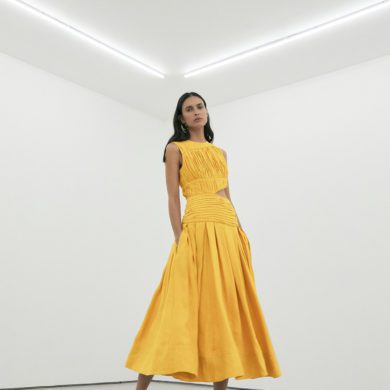
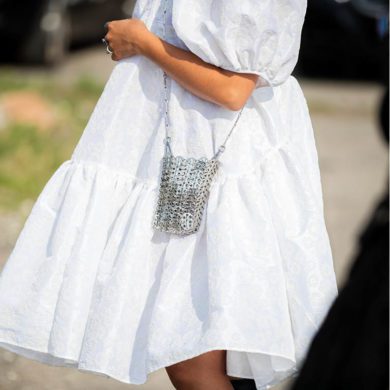


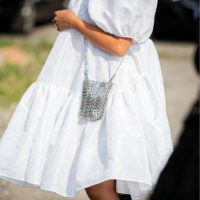
No Comments